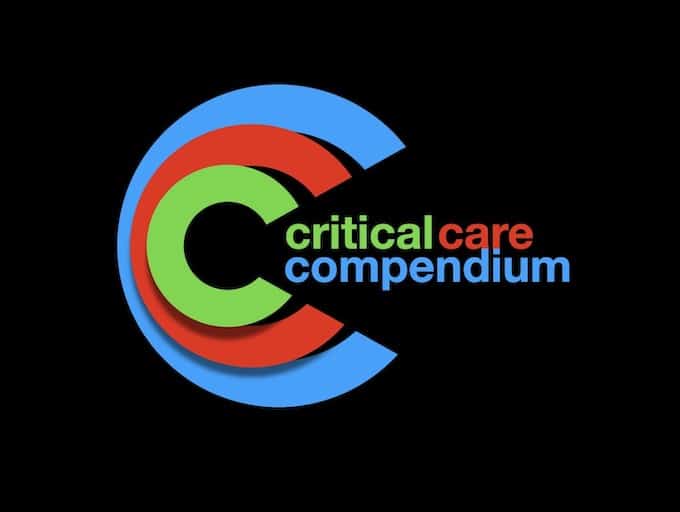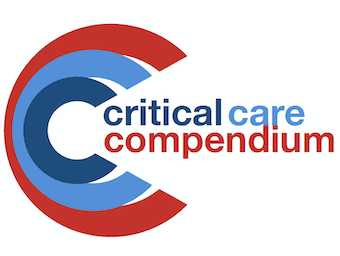
Chest pain DDx
The approach to non-traumatic chest pain requires the early recognition and exclusion of potential life threats, then further consideration of other causes.

The approach to non-traumatic chest pain requires the early recognition and exclusion of potential life threats, then further consideration of other causes.

In emergency medicine and critical care, the cardiac failure that primarily concerns us is acute heart failure syndrome (AHFS), which refers to rapid worsening of heart failure signs and symptoms, and has many possible causes.

Bradycardia differential diagnosis. Bradycardia refers to heart rate <60/min in an adult; Bradycardias are classified as regular or irregular, narrow complex or wide complex; The underlying causes of bradycardia are legion

Post Cardiac Arrest Care: Priorities are prevent further cardiac arrest; define the underlying pathology; limit organ damage; predict non-survivors

Prognosis After Cardiac Arrest incolves: the underlying cause of cardiac arrest (e.g. overdose vs dilated cardiomyopathy); presence of co-morbidities (e.g. metastatic cancer, dementia); use of targeted temperature management (therapeutic hypothermia); features of the the cardiac arrest and cardiovascular and neurological assessment

Post-cardiac arrest syndrome (aka post-resuscitation syndrome). Occurs after return of spontaneous circulation (ROSC) following cardiorespiratory arrest and involves multiple systems
Reflects a state of whole-body ischaemia and subsequent reperfusion

= immune complex mediated hypersensitivity -> severe erythema multiforme. Separation of the epidermis from the dermis; most authors believe toxic epidermal necrolysis (TEN) and SJS are different ends of the same spectrum of disease

Serious Generalised Skin Disorders: Mnemonic: PTSD-D

CAUSES Meningococcal disease Post-splenectomy pneumococcaemia DIC Rickettsial infections High dose inotropes Endocarditis Venom-induced consumptive coagulopathy (VICC) due to snakebite

The Precautionary Principle (The absence of evidence of risk = a possibility of risk until proven otherwise) and Kehoe Principle (The absence of evidence of risk = Evidence of the absence of risk) reflect different conceptions of risk in the absence of evidence

Neurogenic pulmonary edema (NPE) is a clinical syndrome characterized by the acute onset of pulmonary edema following a significant central nervous system (CNS) insult

Nitric Oxide: inhalational agent (inhaled nitric oxide, iNO); an inorganic gas - potent, selective pulmonary vasodilator of those areas of the lung being ventilated